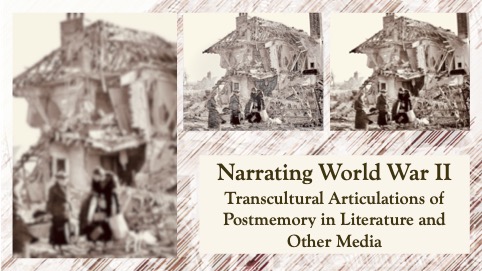Analysing Epistemic Disparity: The Use of Possible-World Theory in the Identification of Rhythmic Strategies
DOI:
https://doi.org/10.13133/2239-1983/16844Abstract
This article discusses the integration of semiotic rhythm analysis with the theory of possible worlds. The complex issue of analysing rhythm in narrative texts has been tackled by Daniele Barbieri with his theory based on ‘textual relief’, an adaptive theoretical tool for identifying and investigating rhythmic strategies at all textual levels and across different media. Narratology, with its in-depth description of narrative strategies concerning worldbuilding, can contribute to a great extent to this endeavour. Merging the two theories, a detailed analysis of narrative choices can be performed, with a specific focus on the narrator’s strategies concerning withholding and divulging information to the recipient. Offering a theoretical overview and specific examples of different narratorial strategies, this paper examines several ways in which narrators can exploit the epistemic disparity between the recipient’s knowledge and their own to manage tension and suspense, thus creating textual relief.
Downloads
Published
How to Cite
Issue
Section
License
Gli autori che pubblicano su questa rivista accettano le seguenti condizioni:- Gli autori mantengono i diritti sulla loro opera e cedono alla rivista il diritto di prima pubblicazione dell'opera, contemporaneamente licenziata sotto una Licenza Creative Commons - Attribuzione che permette ad altri di condividere l'opera indicando la paternità intellettuale e la prima pubblicazione su questa rivista.
- Gli autori possono aderire ad altri accordi di licenza non esclusiva per la distribuzione della versione dell'opera pubblicata (es. depositarla in un archivio istituzionale o pubblicarla in una monografia), a patto di indicare che la prima pubblicazione è avvenuta su questa rivista.
- Gli autori possono diffondere la loro opera online (es. in repository istituzionali o nel loro sito web) prima e durante il processo di submission, poiché può portare a scambi produttivi e aumentare le citazioni dell'opera pubblicata (Vedi The Effect of Open Access).


